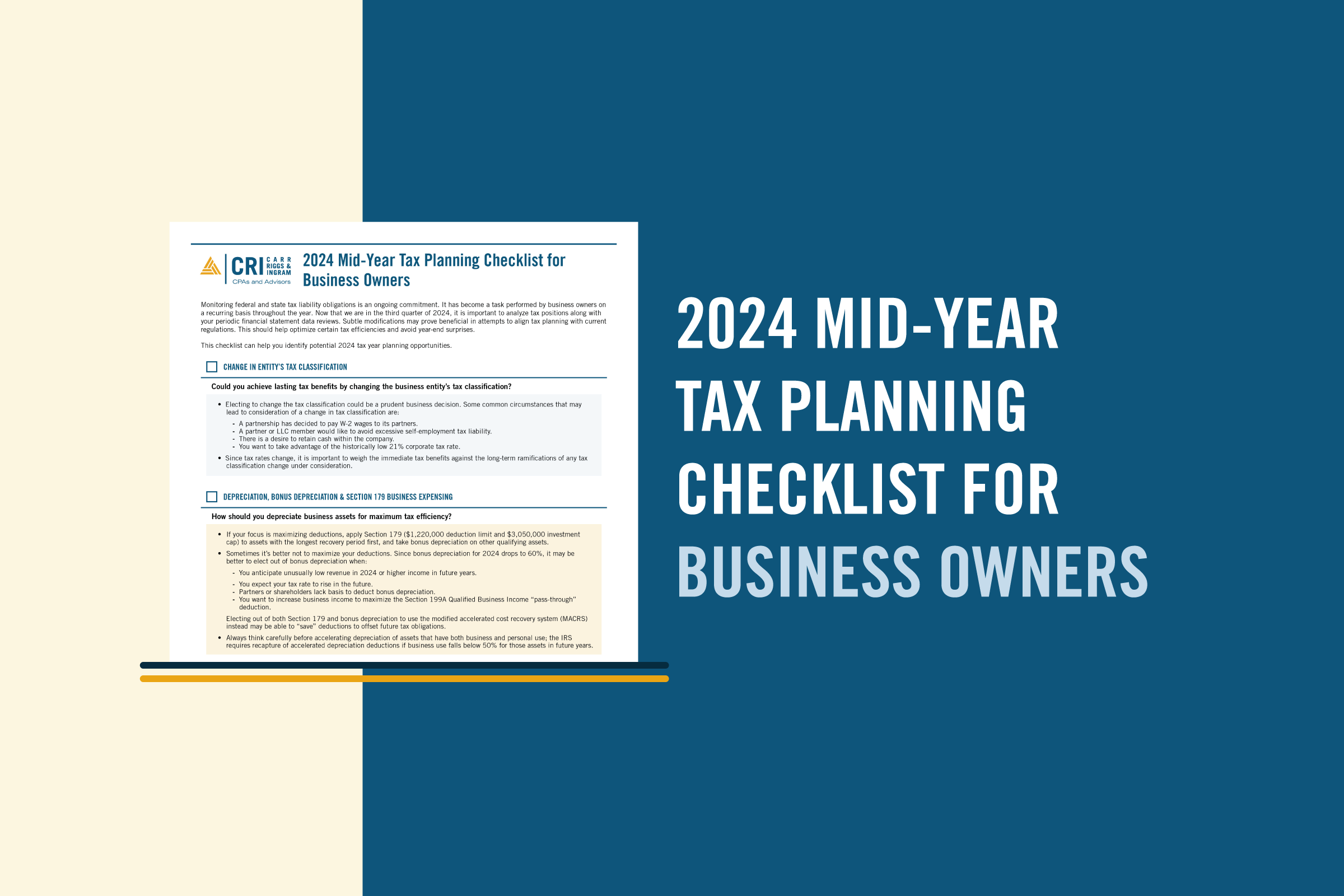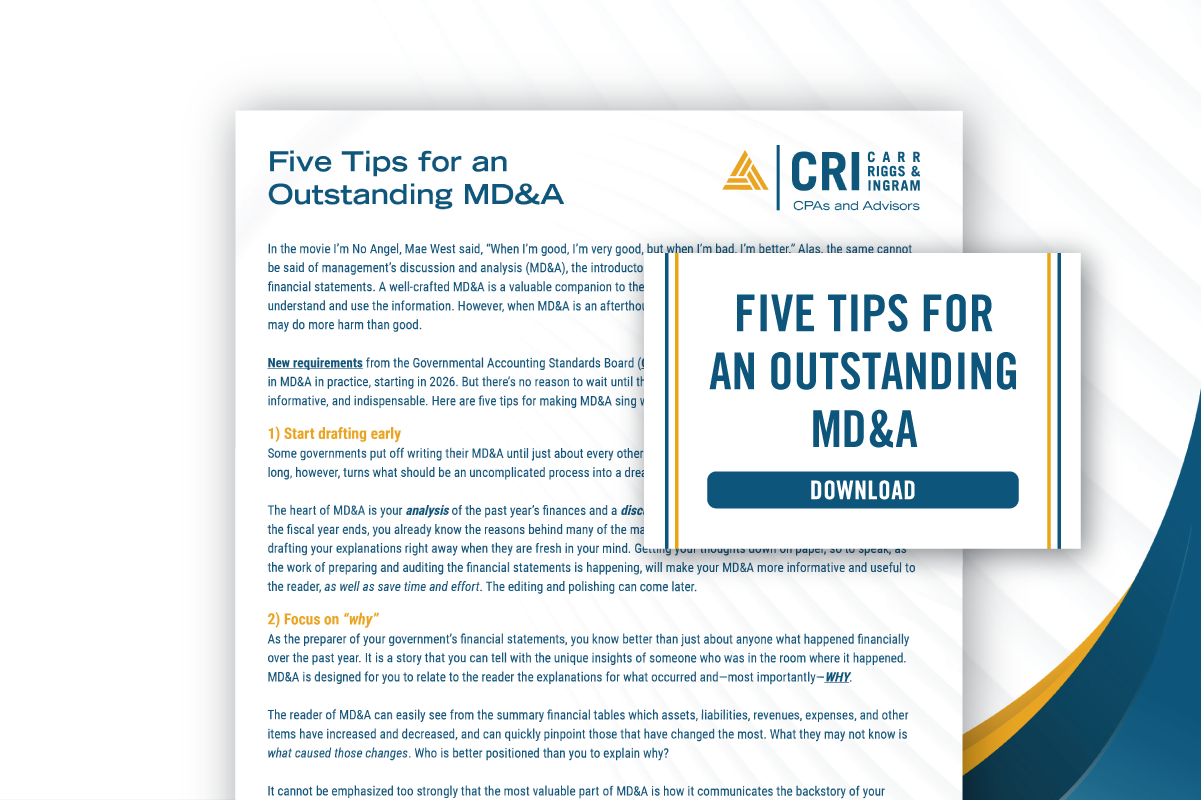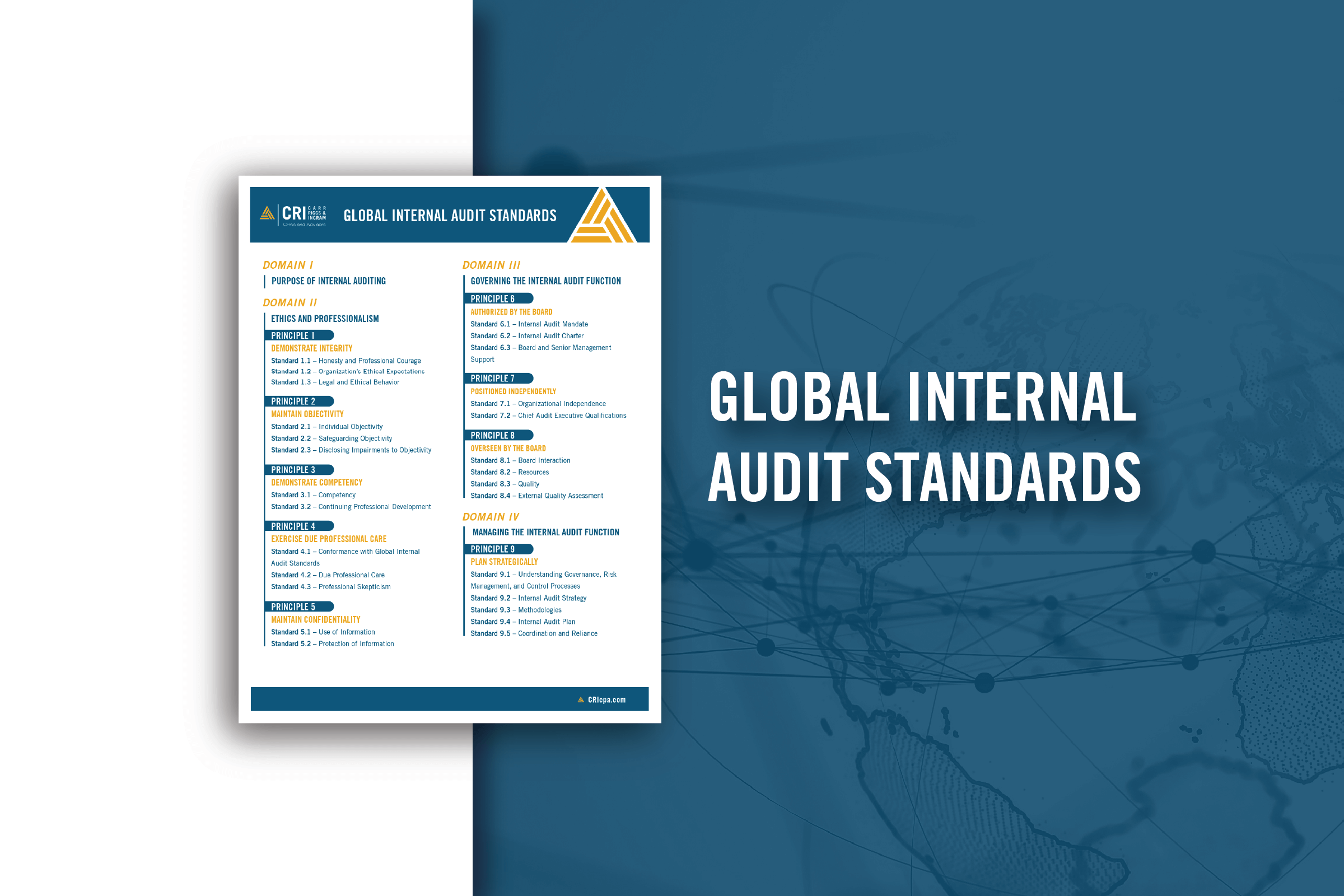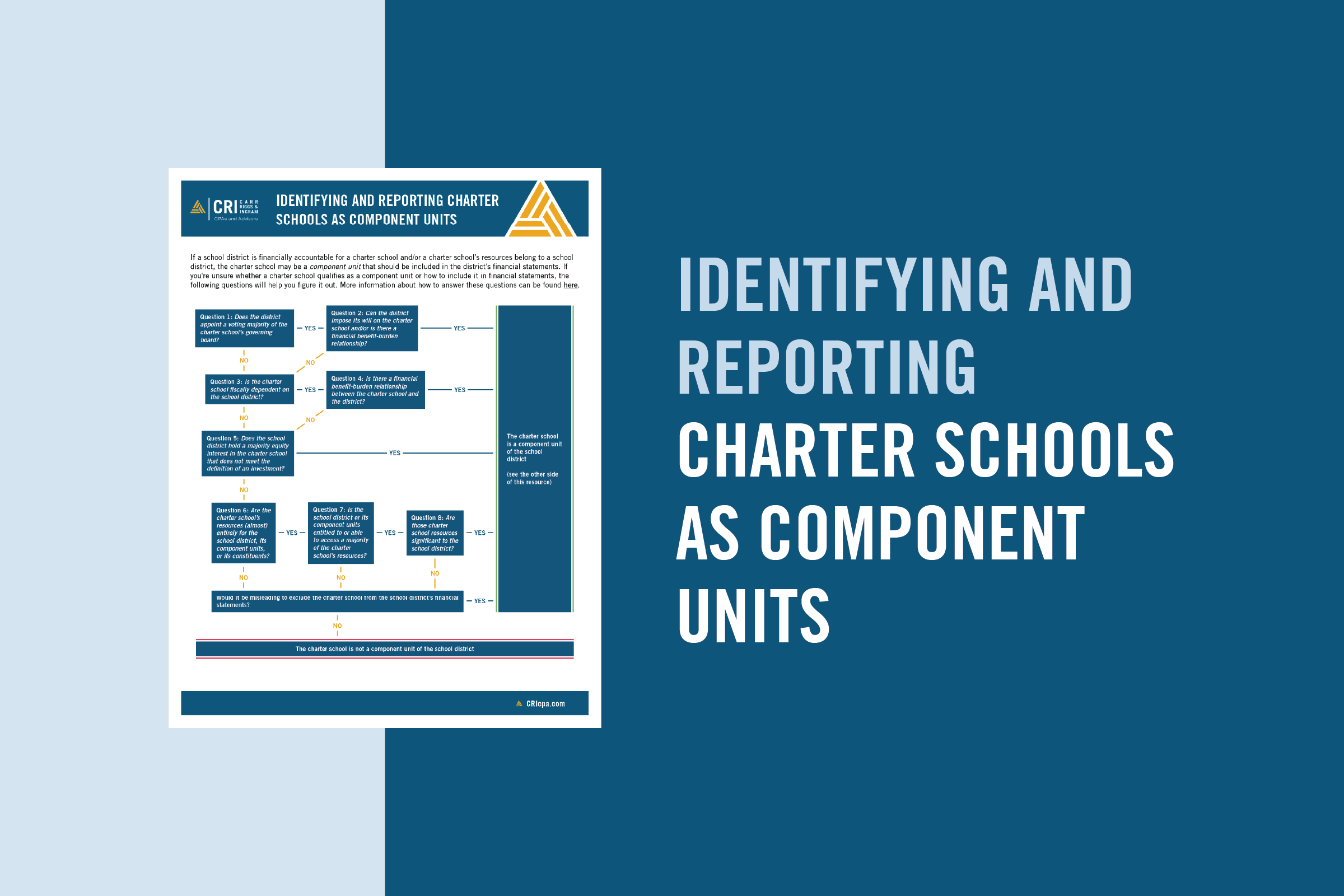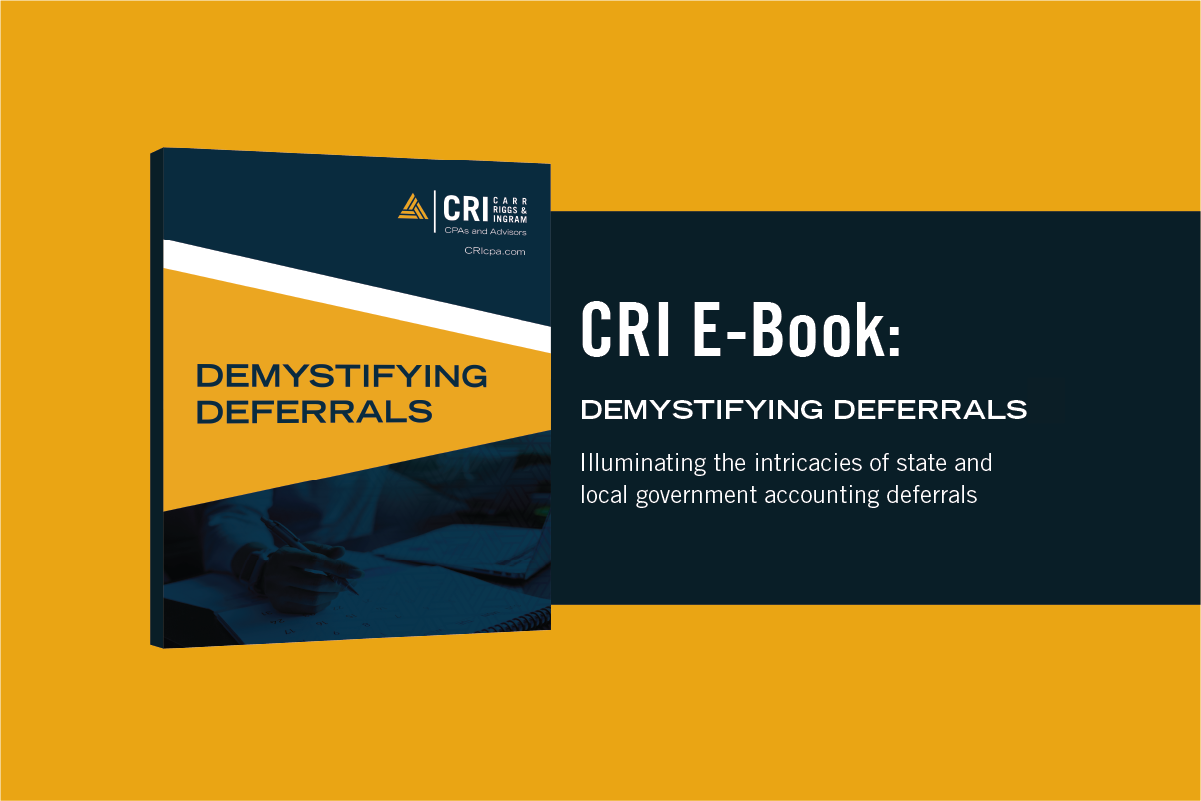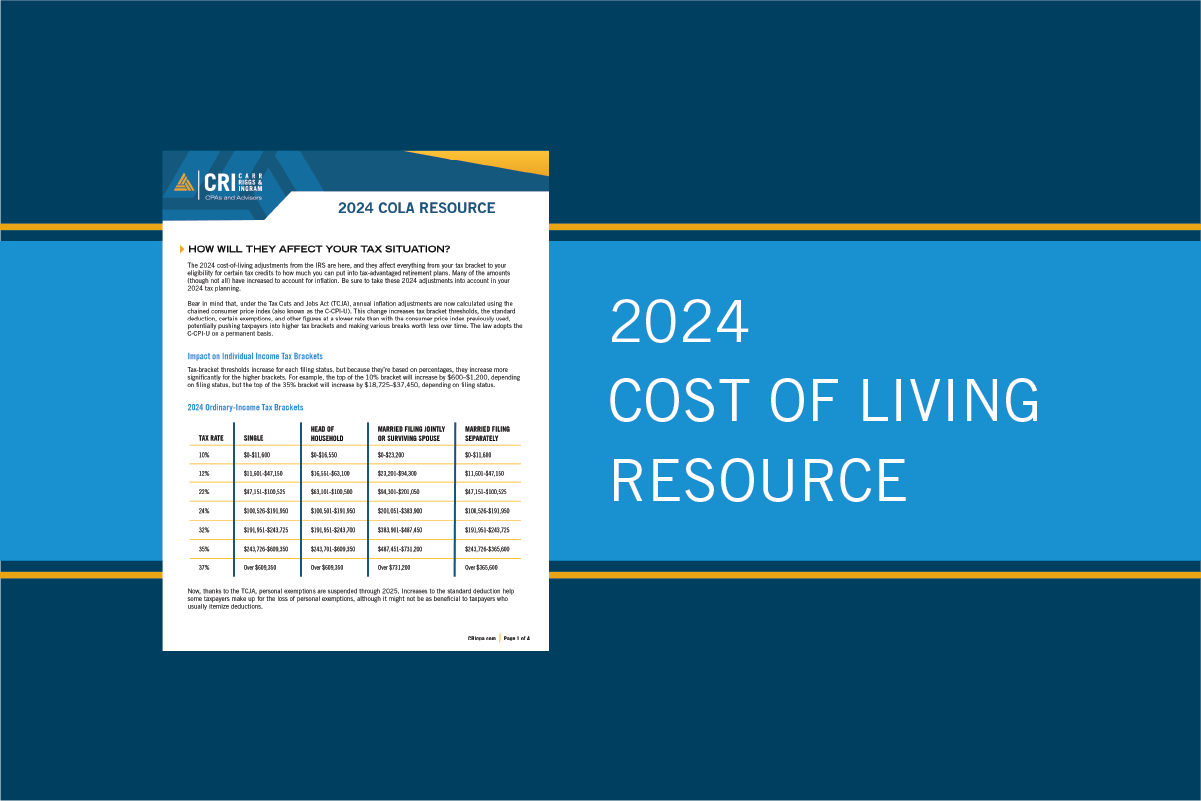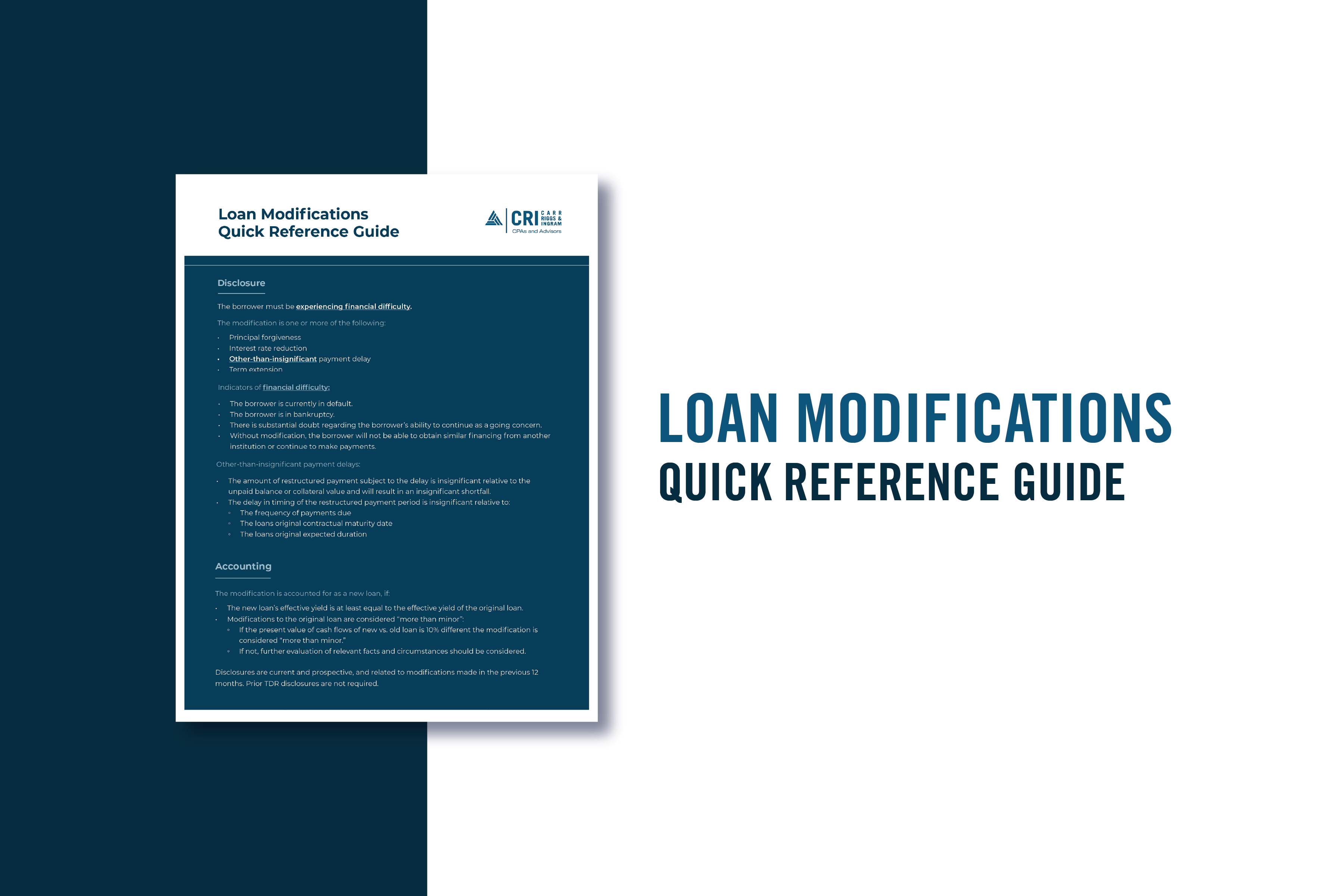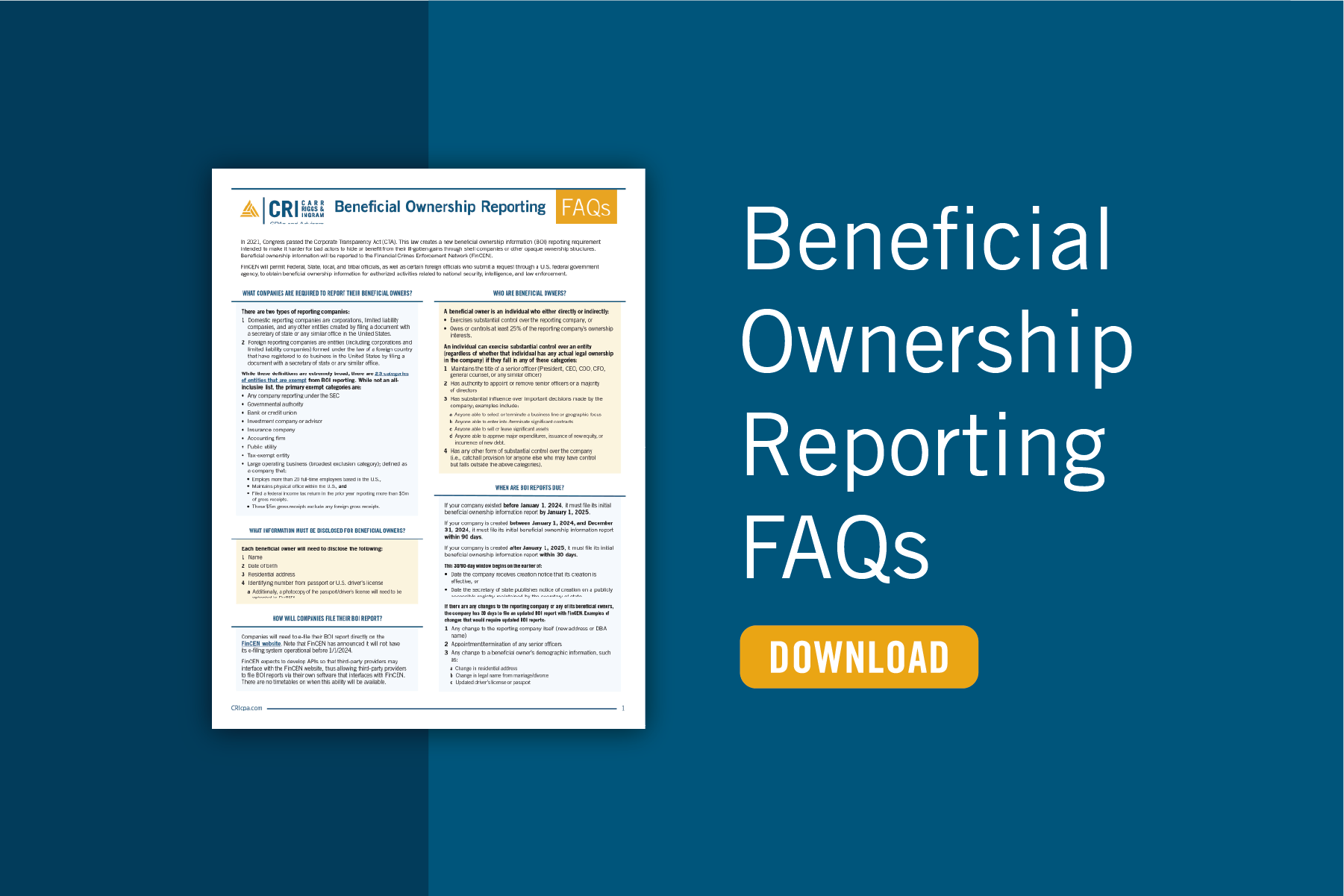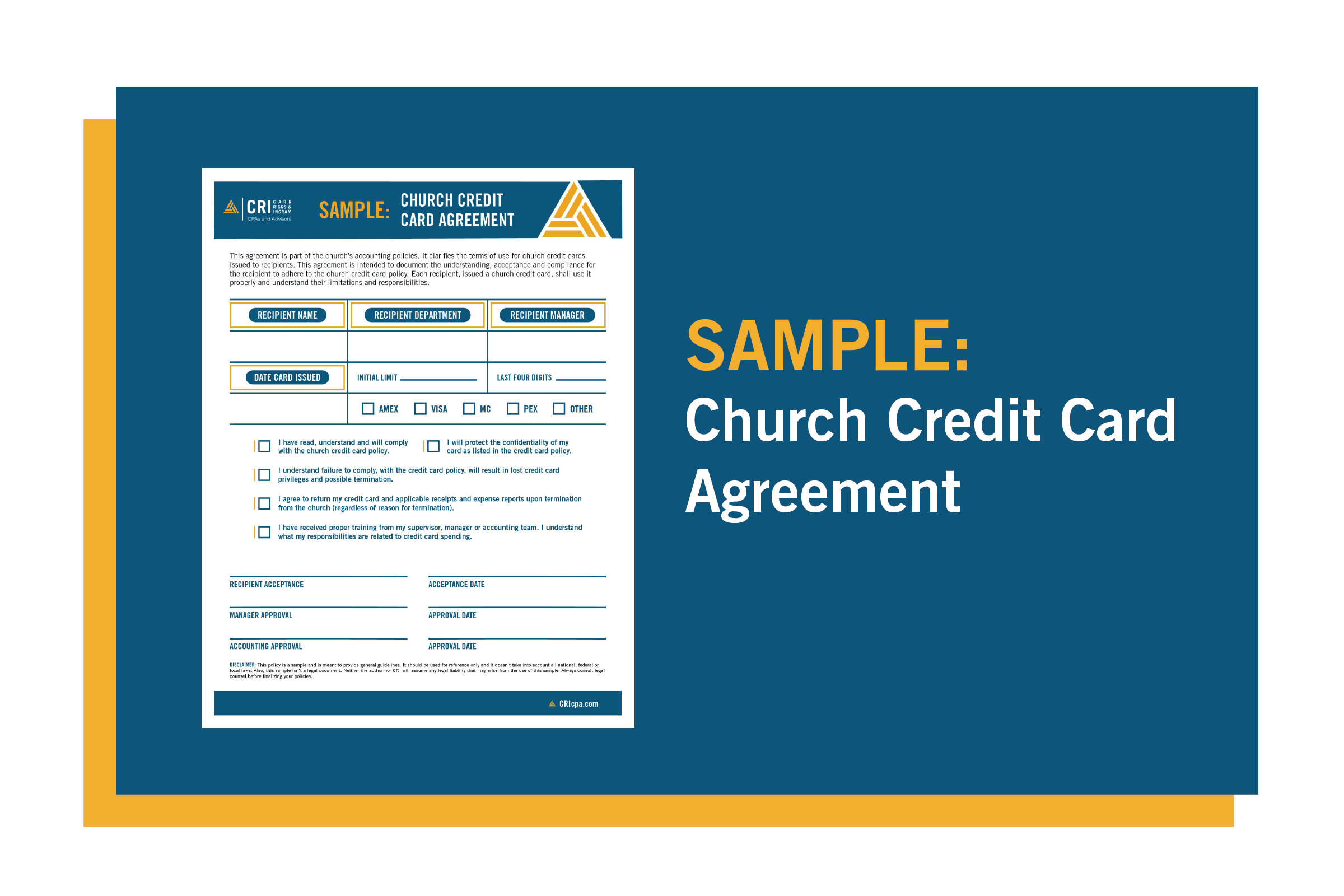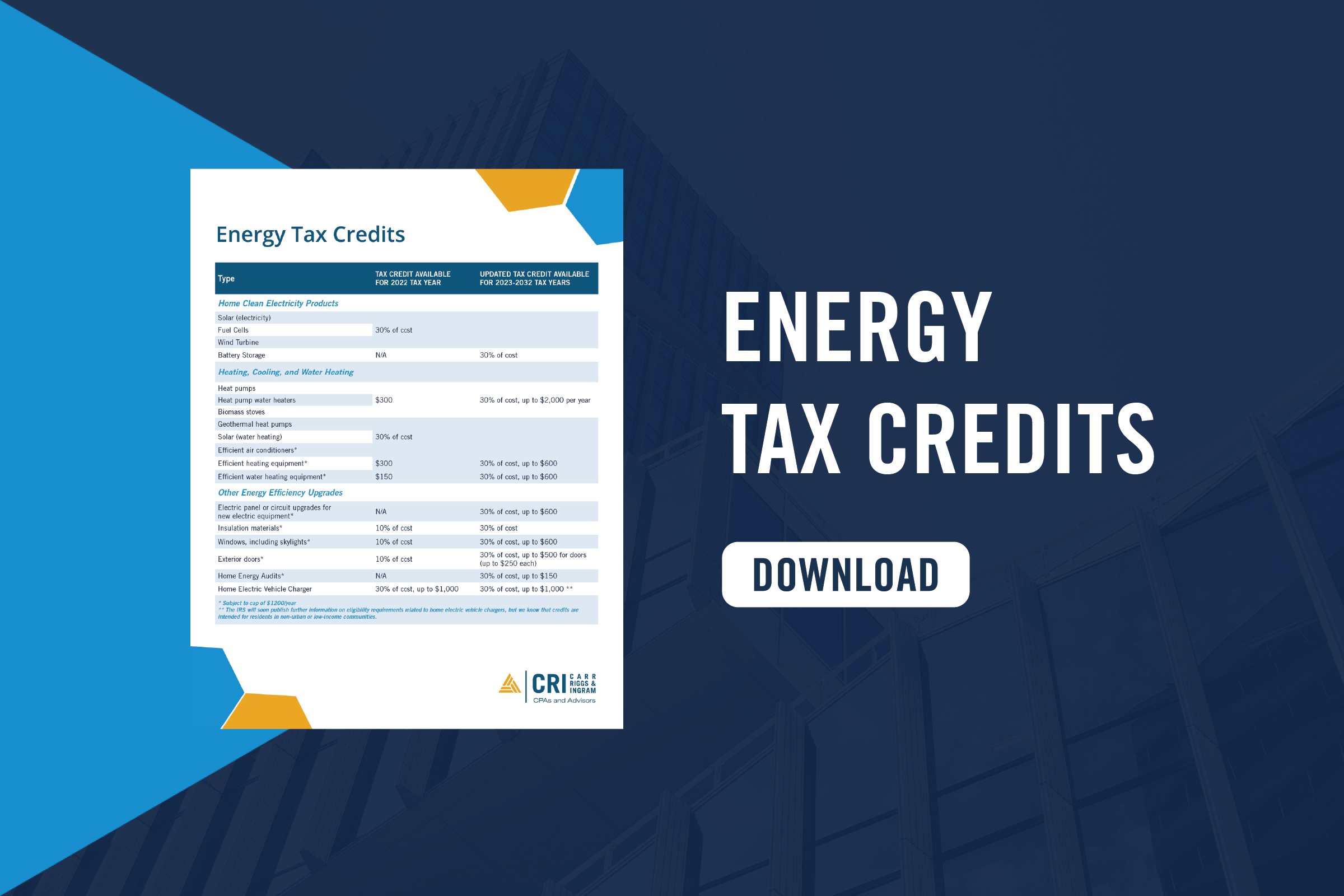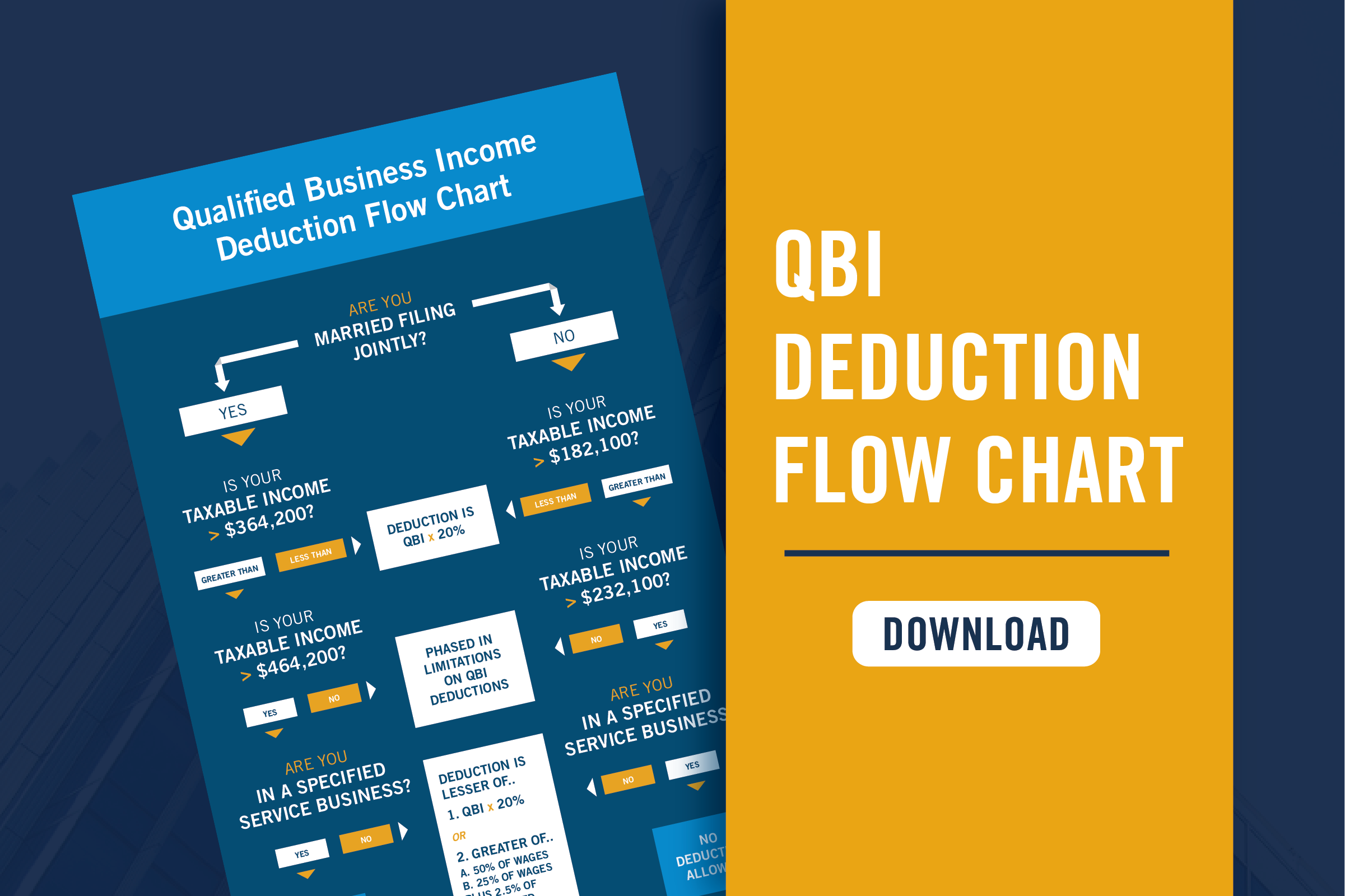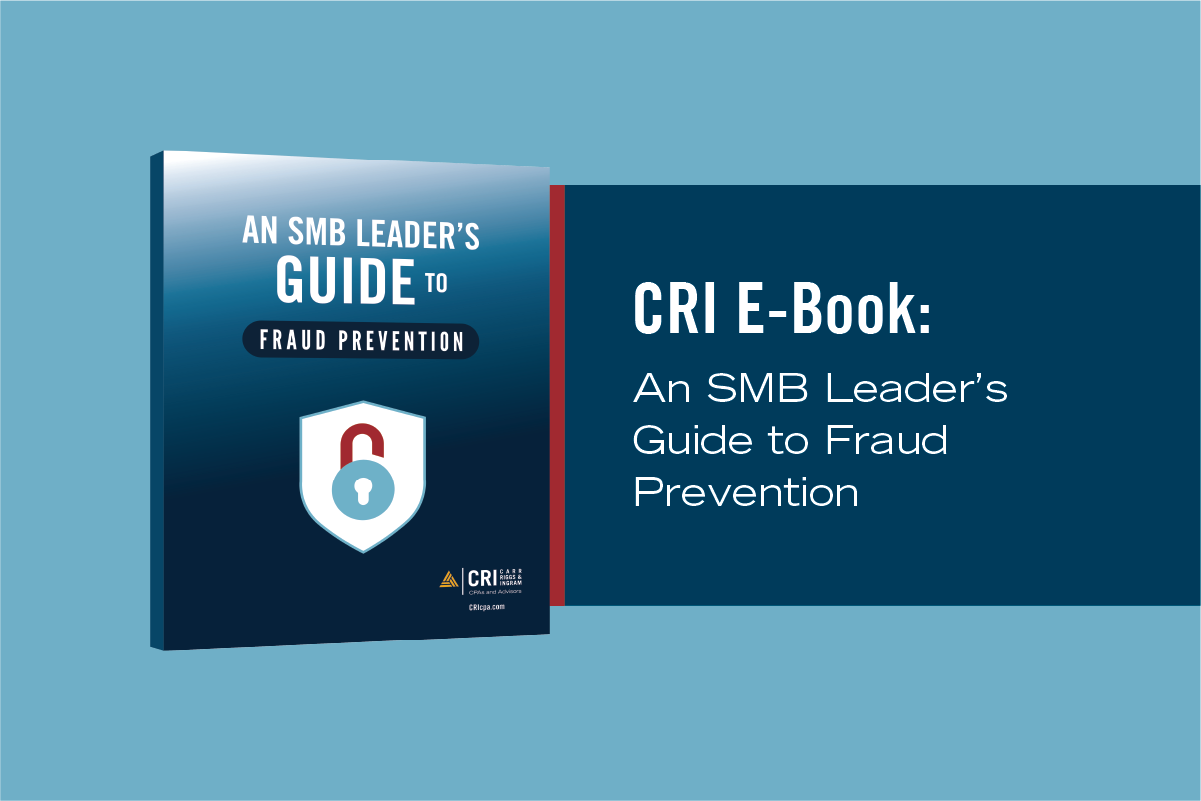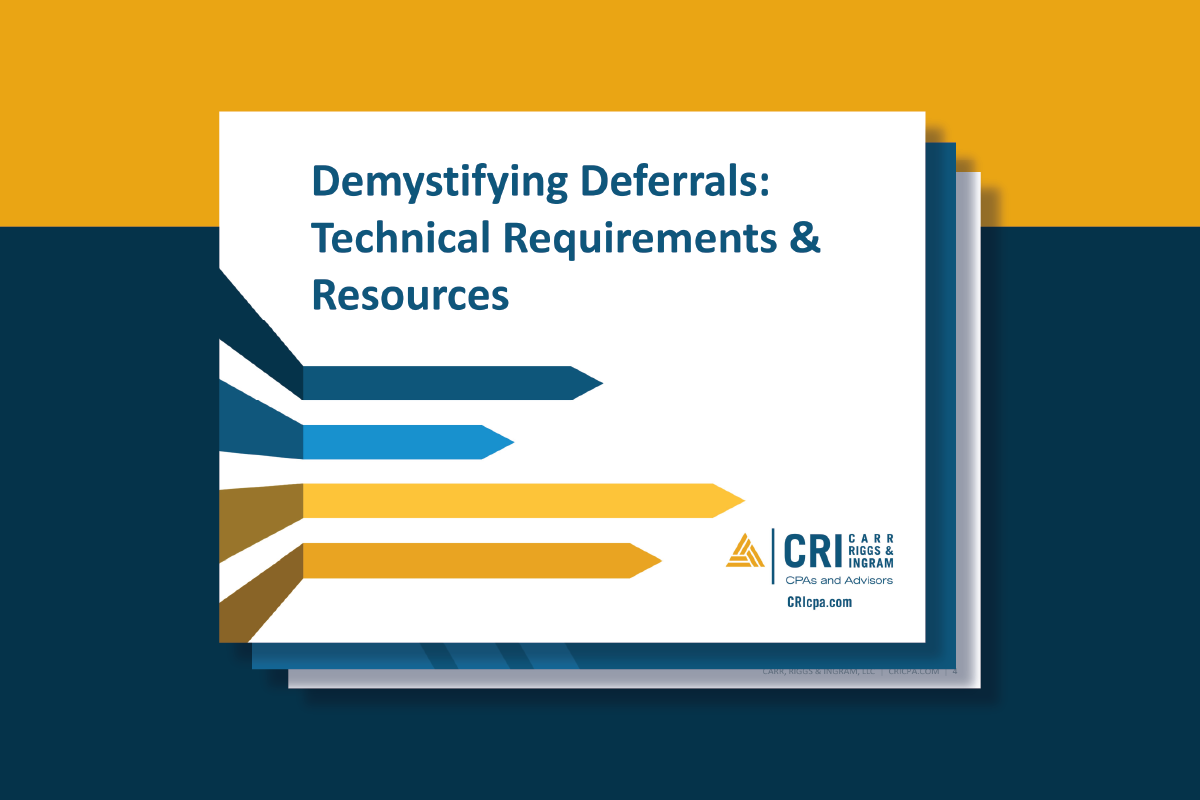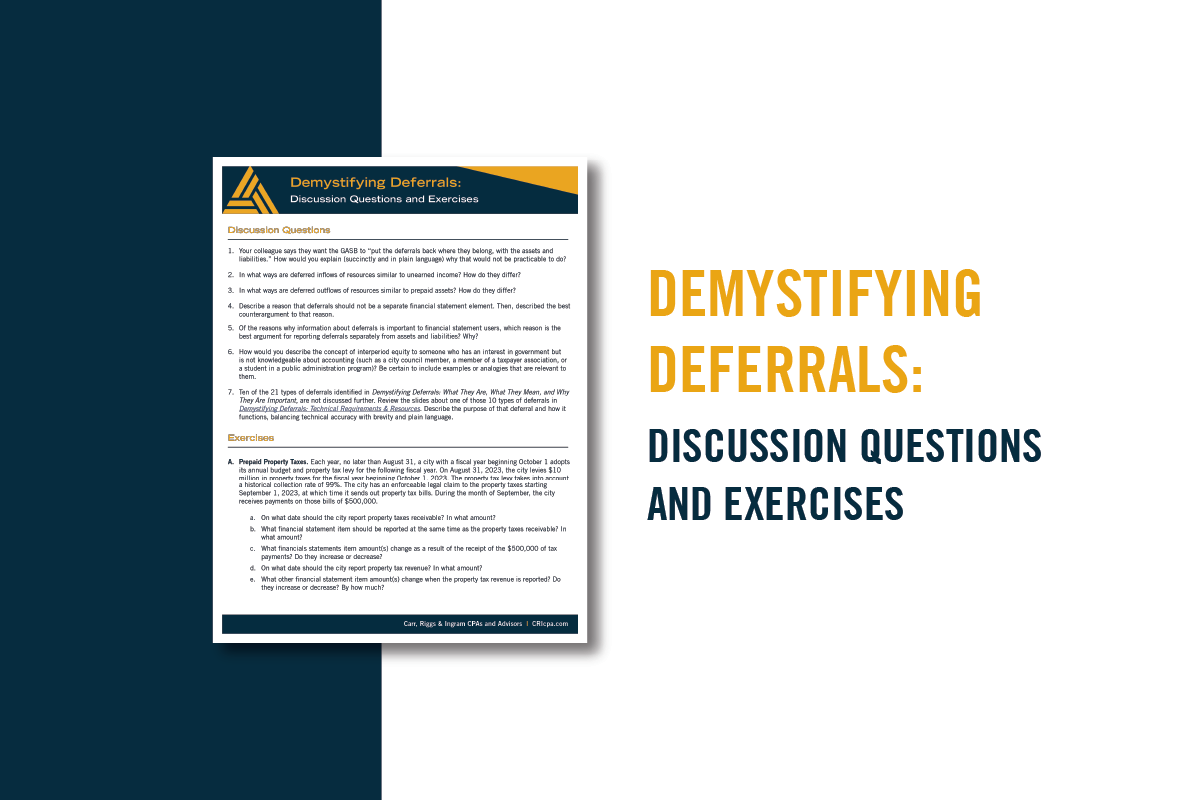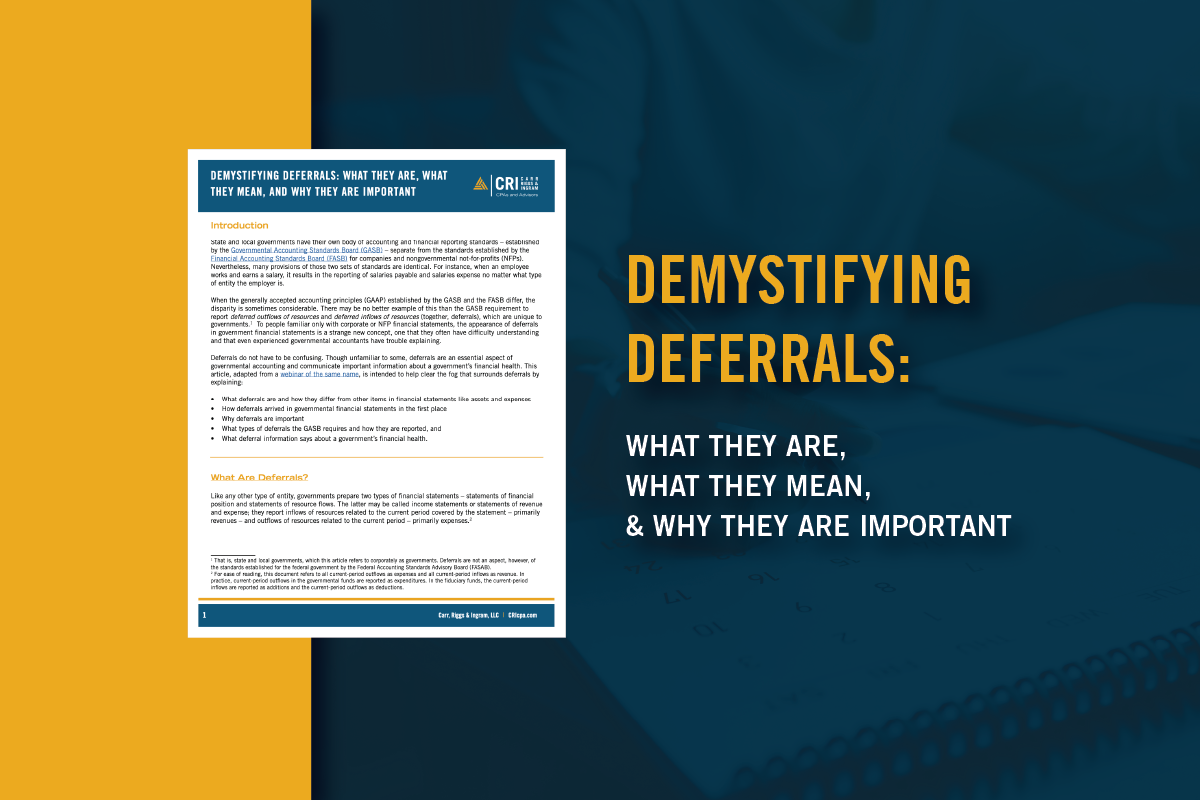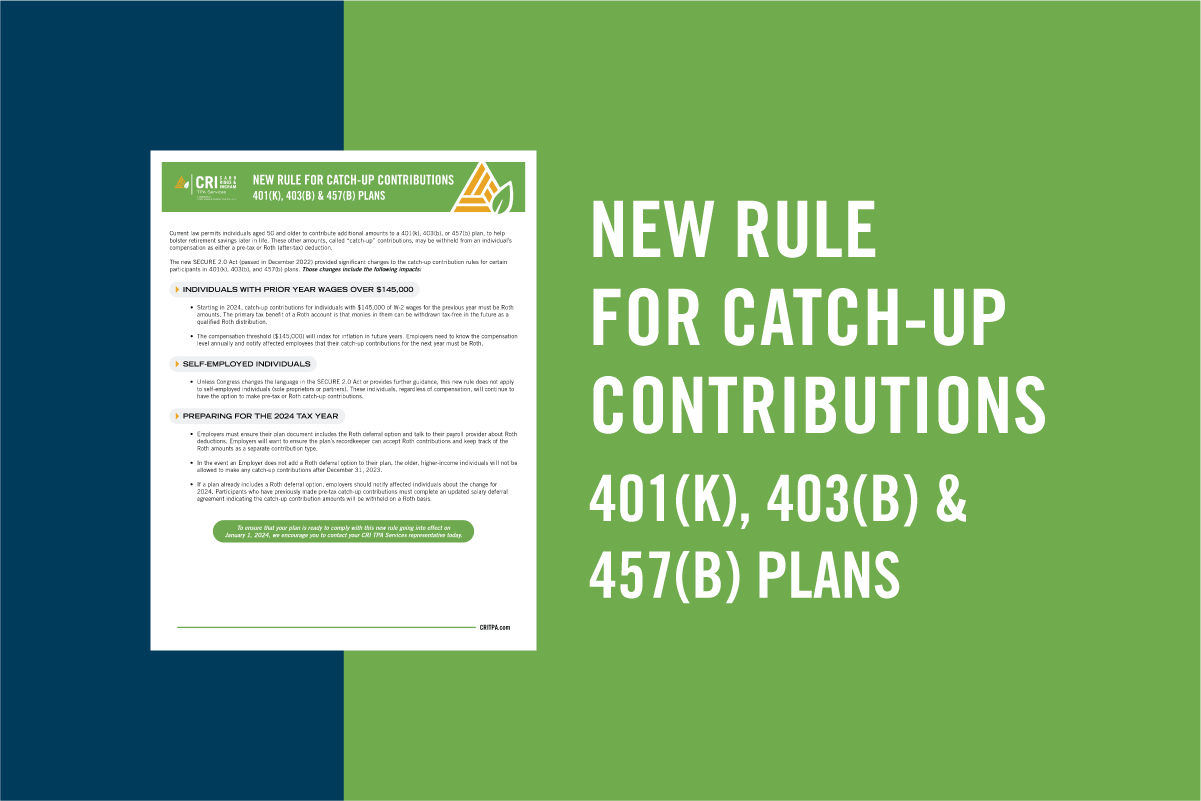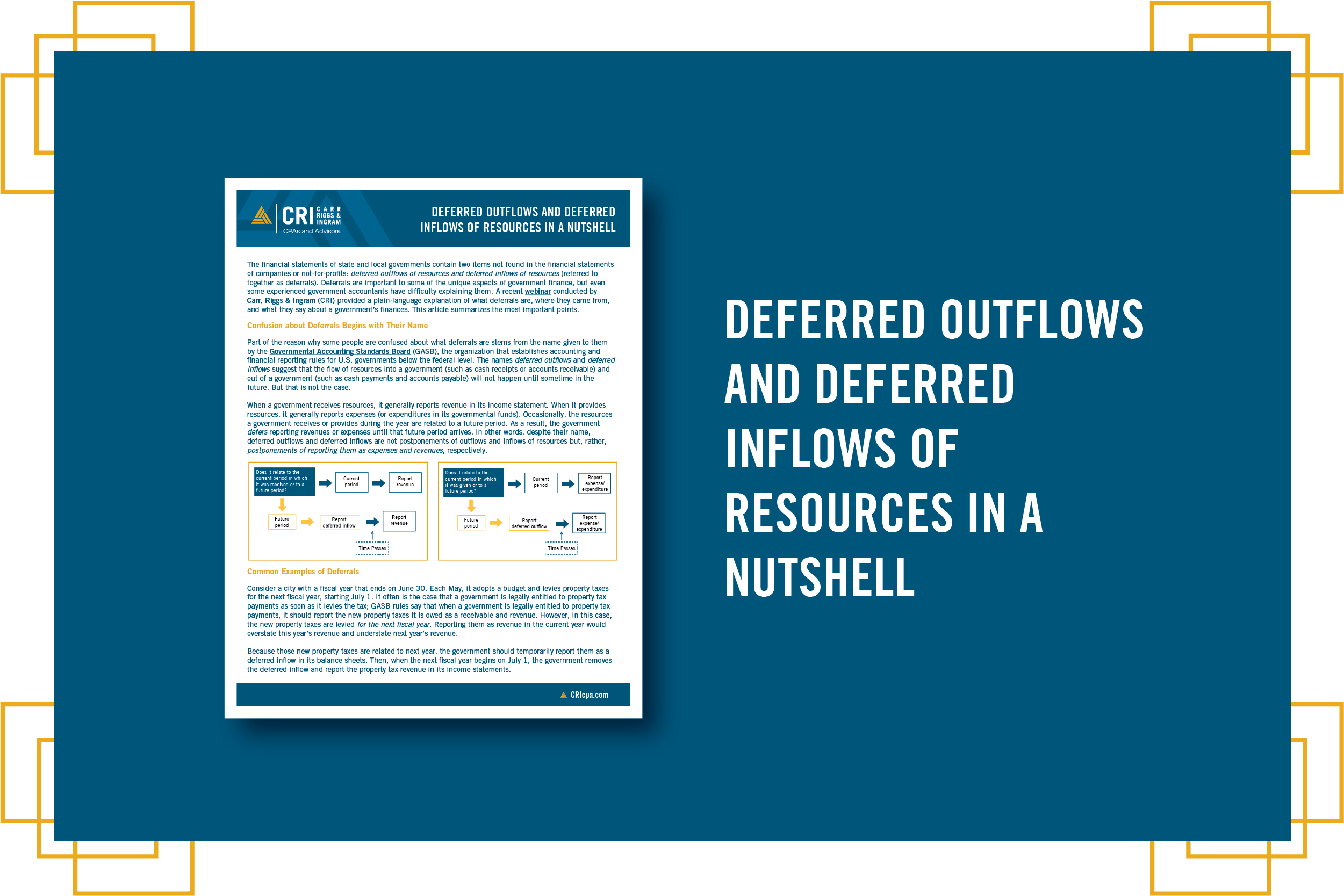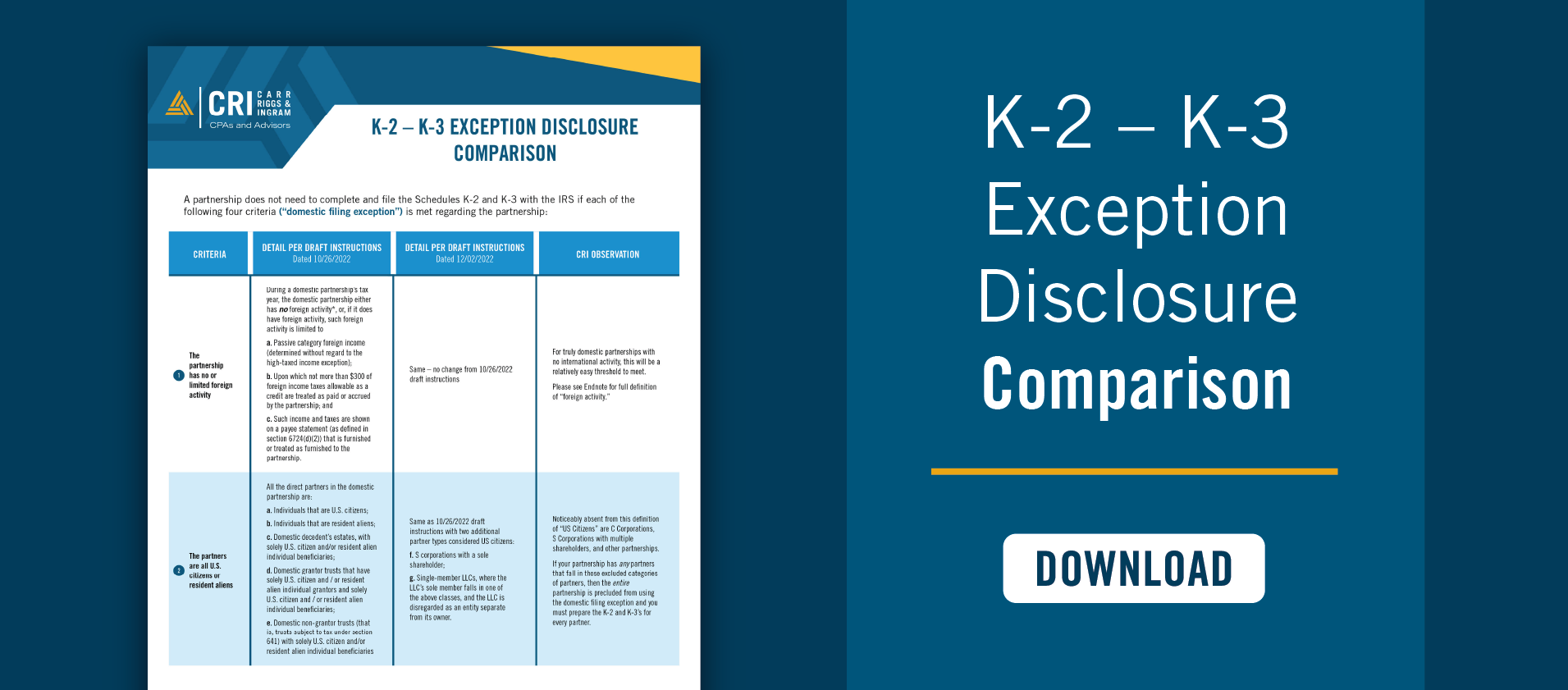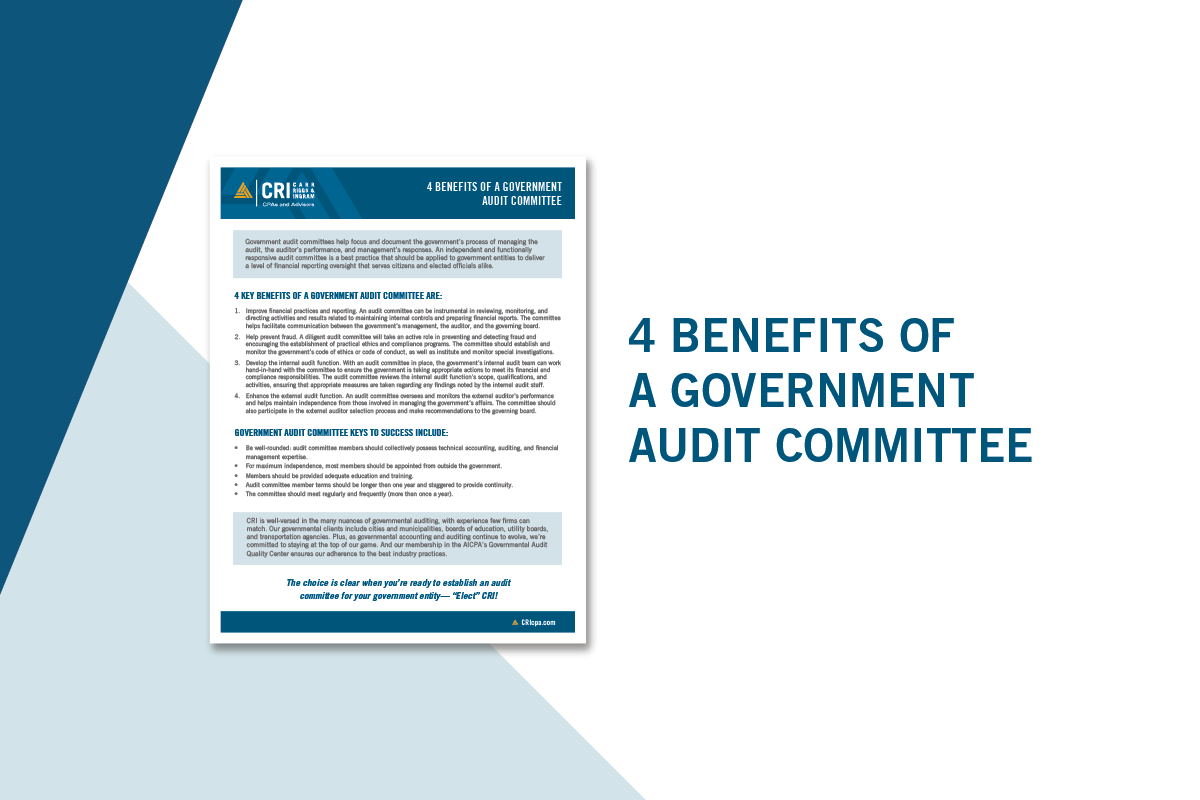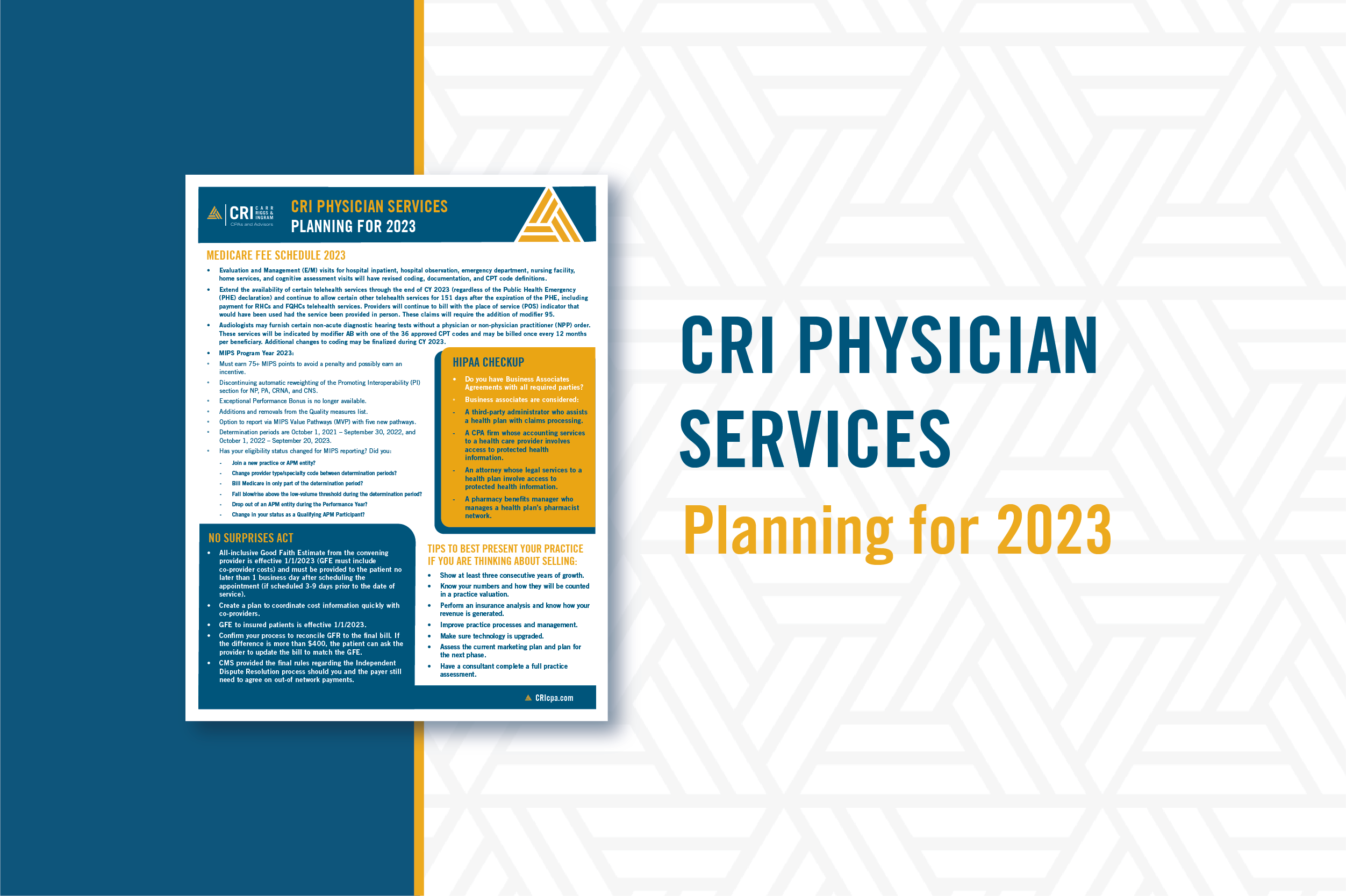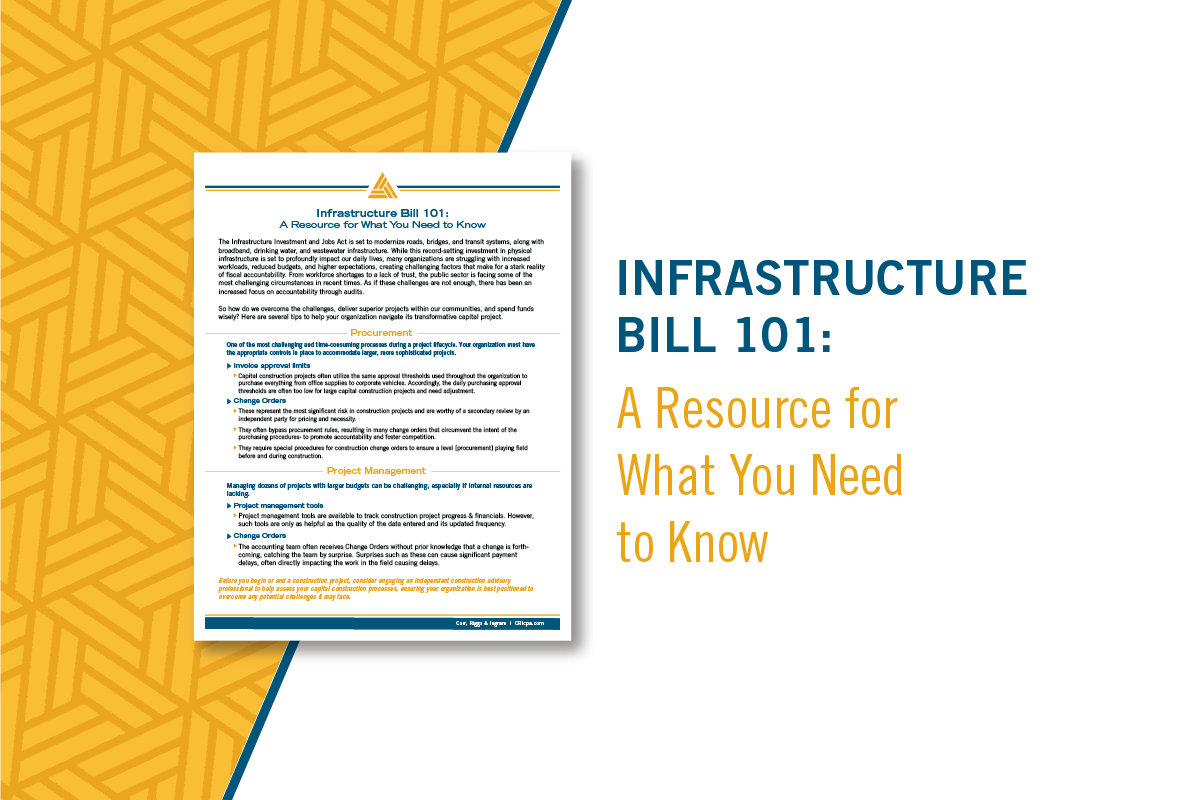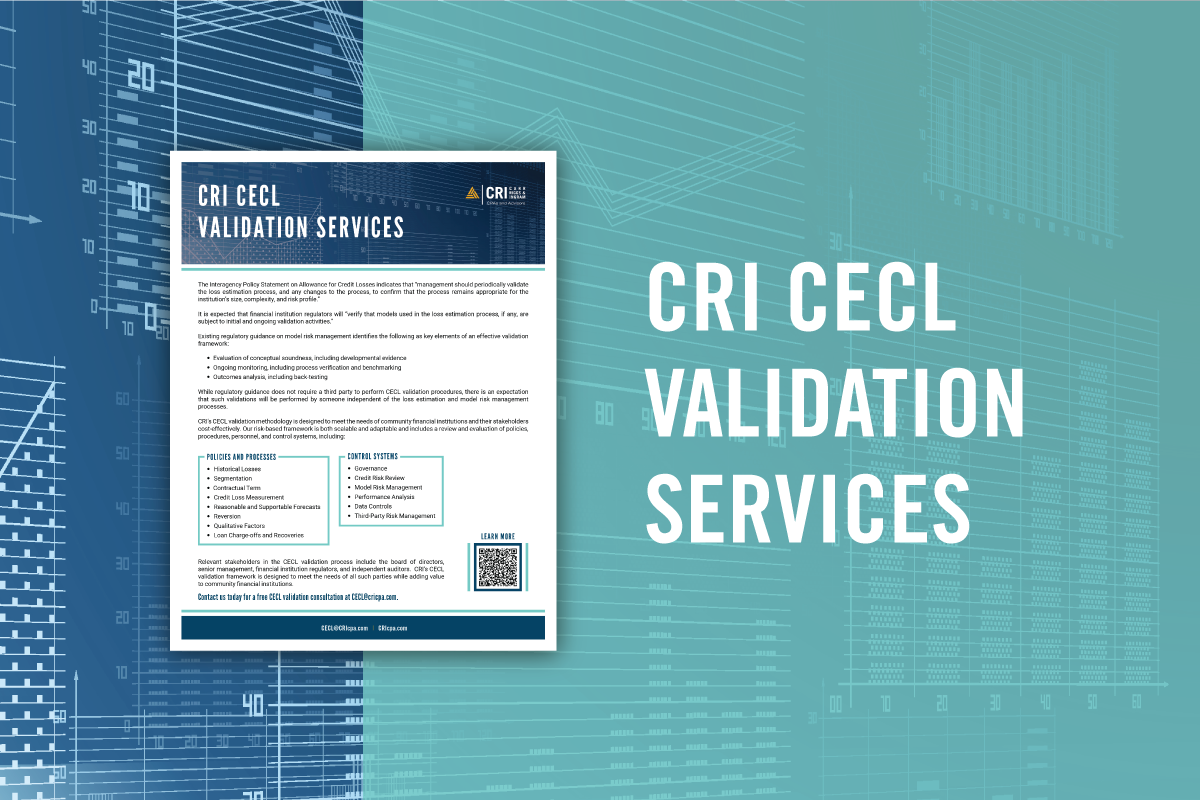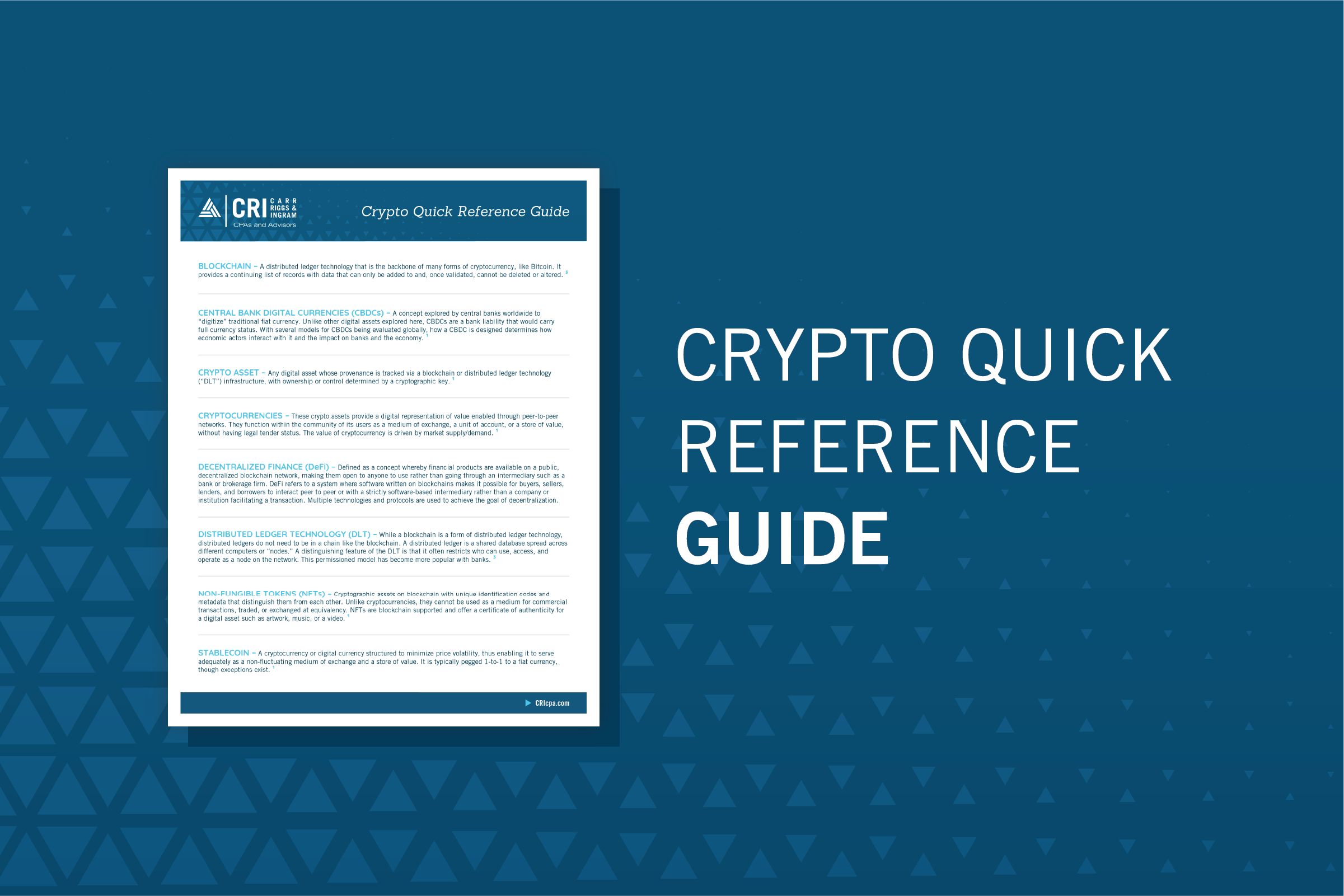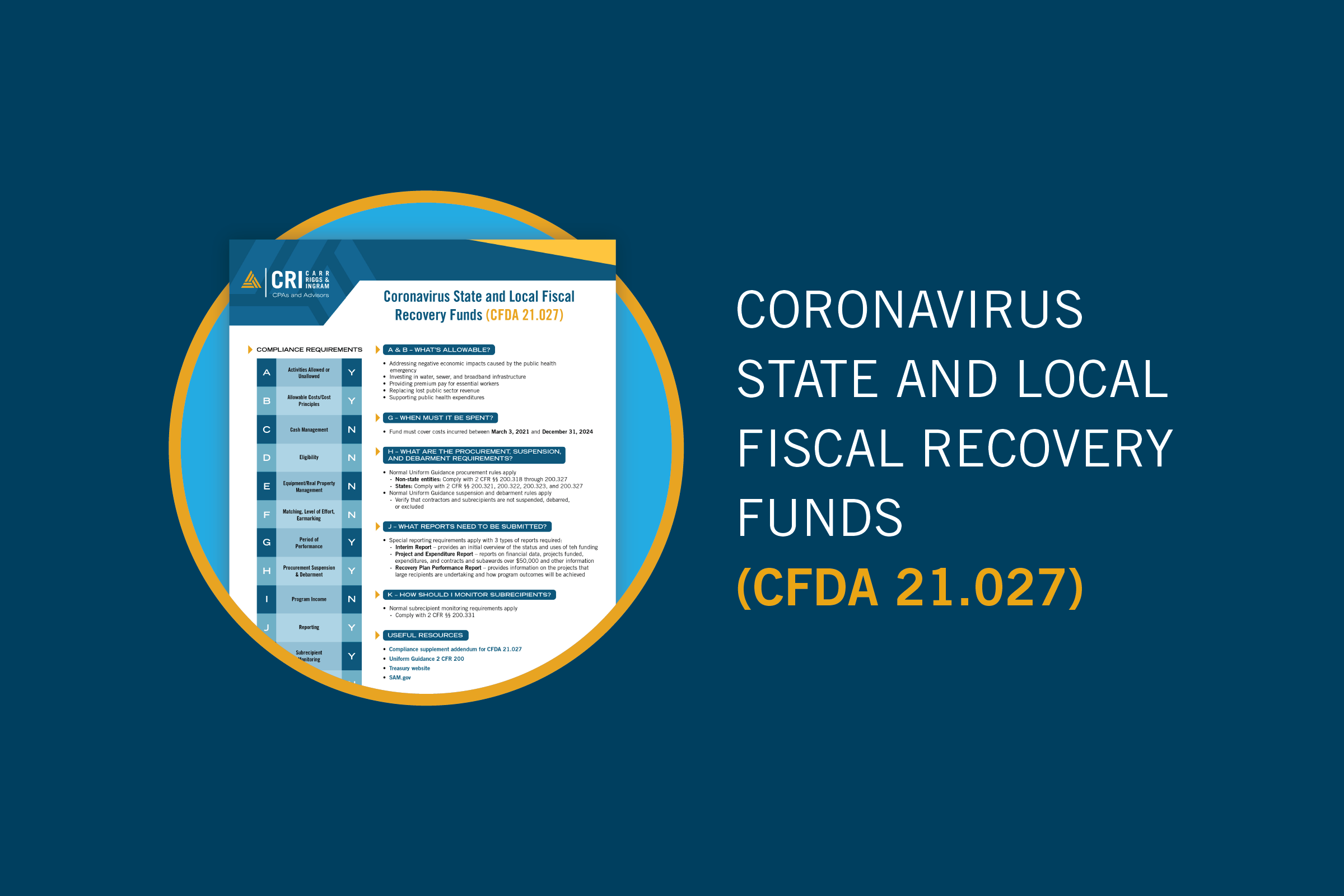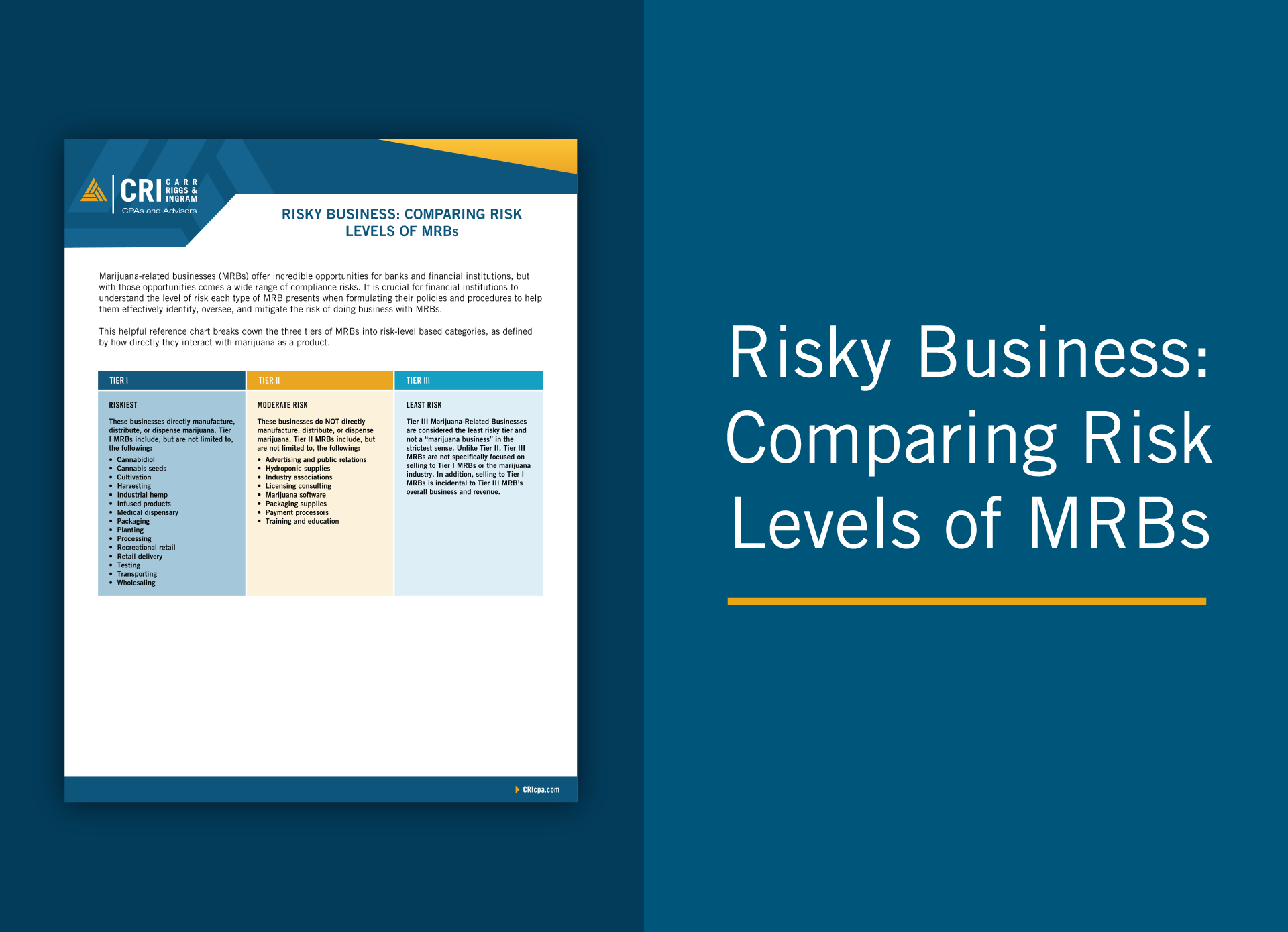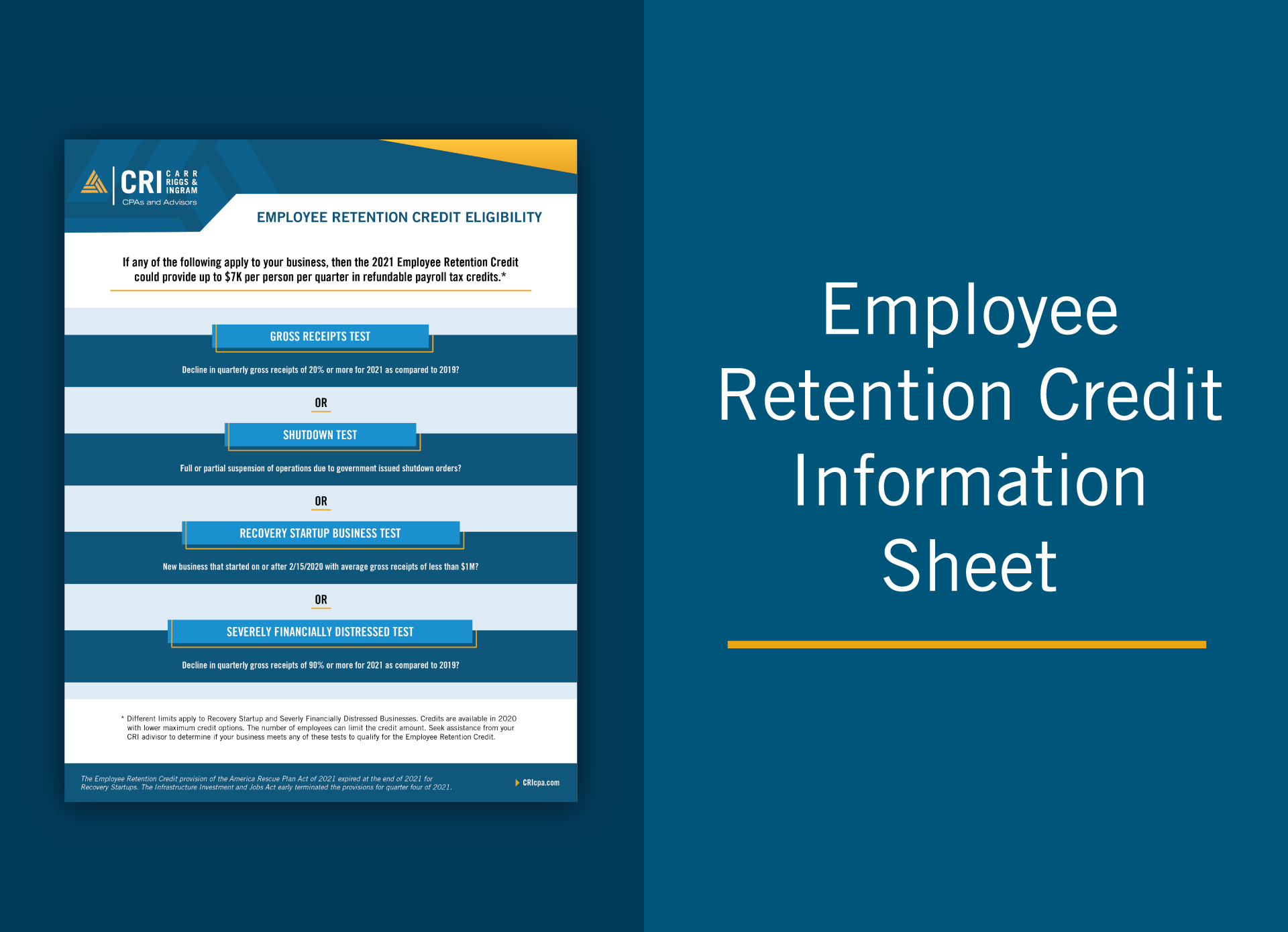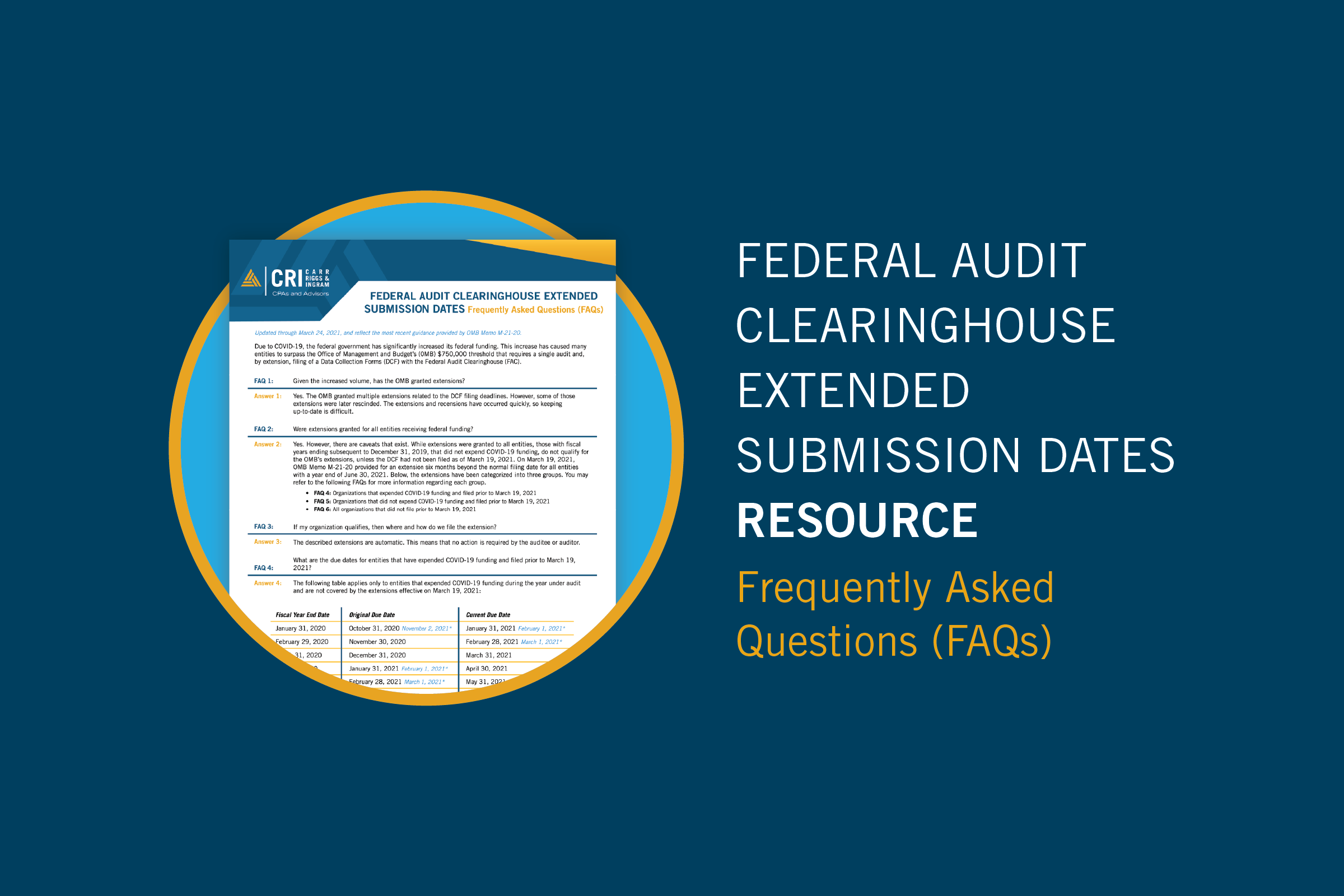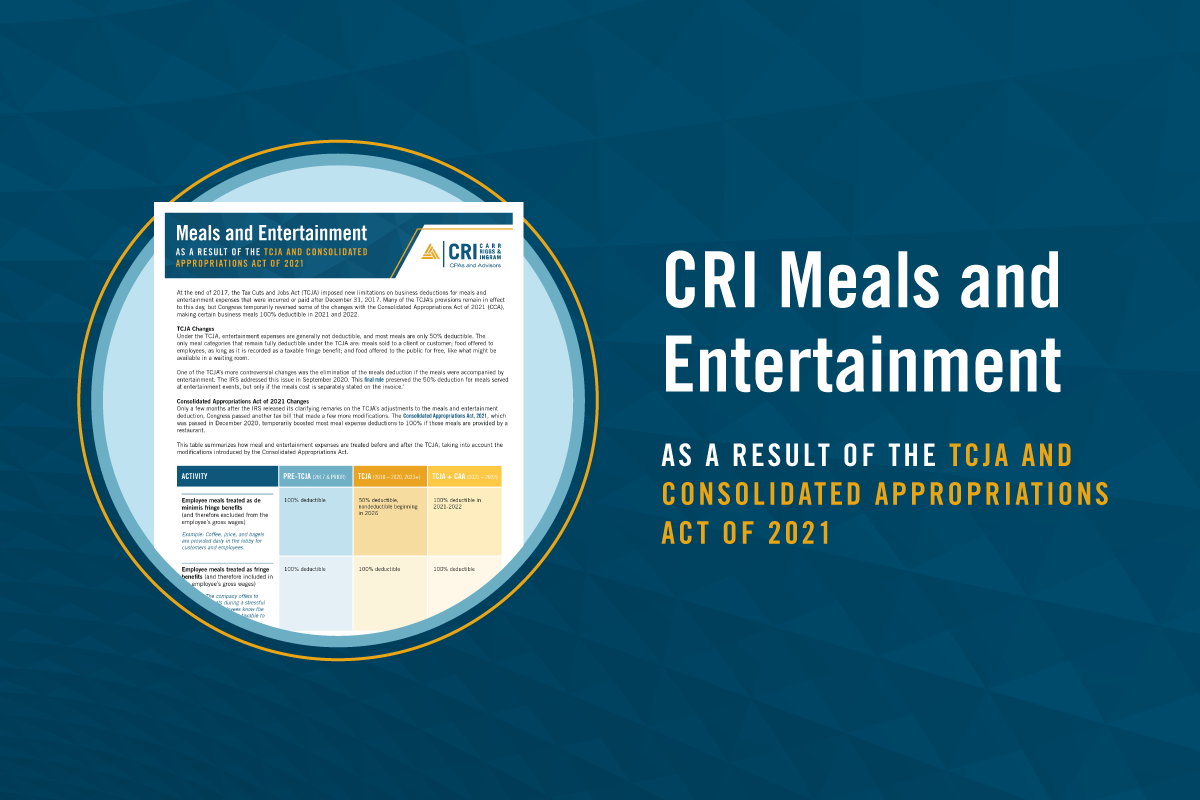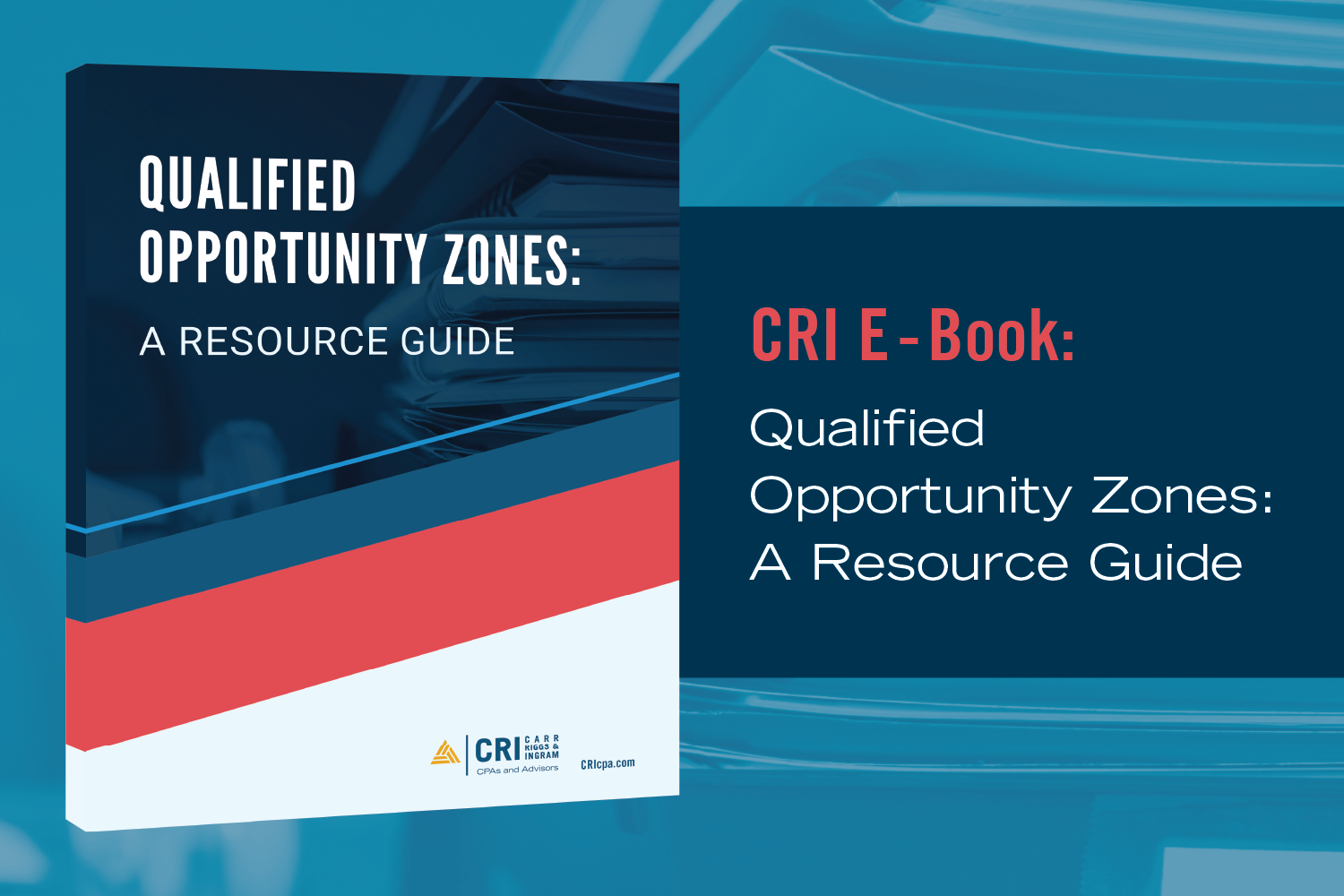Key Takeaways From the Inflation Reduction Act of 2022
- Contributor
- Scott M. Abrams
Aug 23, 2022
The Inflation Reduction Act of 2022, recently signed into law, provides legislation aimed at raising taxes and increasing federal revenue—but has left many questions about how the law will affect taxpayers in the coming years.
Key provisions in the bill include the most significant federal effort on climate change, a cap on out-of-pocket drug costs for seniors, and an extension of subsidies for the Affordable Care Act. Also included are several provisions that will directly affect taxes moving forward. These include:
- A new 15% minimum tax on the net book income (adjusted financial statement income) of corporations with more than $1 billion in net income. The current corporate income tax rate is a flat 21%. However, many corporations have effectively been able to avoid paying current income taxes by using several legitimate tax strategies (e.g. accelerated tax depreciation or by taking advantage of certain business credits) to reduce their taxable income to zero. The new minimum tax intends to bypass such maneuvers and tax the total income shown on a corporation’s annual financial statement. This new tax will only apply to C Corporations and is not expected to impact other entities.
- Public corporations who buy back their stock from shareholders will be charged a new 1% excise tax. This tax applies to any stock repurchased by a domestic corporation with stock traded on an established market, including the New York Stock Exchange. The tax will be levied against the value of all stock issued during the same year. Several exceptions do apply, however, as the tax will not apply to the repurchase of stock associated with an employee’s retirement or stock ownership plan, repurchases that are part of a reorganization for tax purposes, and repurchases treated as dividends for tax purposes.
- An extra $80 billion in funding for the IRS over ten years, aimed at hiring and training up to 87,000 new IRS employees, who are expected to increase compliance with existing tax laws by conducting review, audit, and enforcement duties. It is projected that with these measures, more than $200 billion will be raised in tax revenue over the next ten years. These new IRS employees are expected to specifically be looking to detect “high-end noncompliance” and not the additional audits of individuals making less than $400,000 annually.
Other notable provisions of the new legislation include:
- An extension of business loss limitation rules for any tax year prior to December 31, 2029.
- In tax years beginning after 2015, certain qualified small businesses are allowed to claim a limited amount of the research credit against payroll taxes. The Inflation Reduction Act increases this amount to $500,000 (from $250,000) for the R&D tax credit. The R&D credit can be applied to payroll taxes for qualified small businesses that design, develop, or improve products, processes, or techniques and is based on increases in research activities and expenditures.
- An extension to the Premium Tax Credit (PTC) from the American Rescue Plan Act (ARP) for tax years 2021 and 2022, providing the credit to households with incomes greater than 400% of the Federal Poverty Line.
- The transfer of certain tax credits from eligible taxpayers to other taxpayers, applying to tax years beginning after December 31, 2022. The bill defines an eligible taxpayer as anyone not described in Code Section 6417 and currently includes nonprofits.
As with any significant change that affects taxes, questions will continue to arise. Contact your CRI tax advisor with any questions you may have. We're here to provide answers for any situation.

